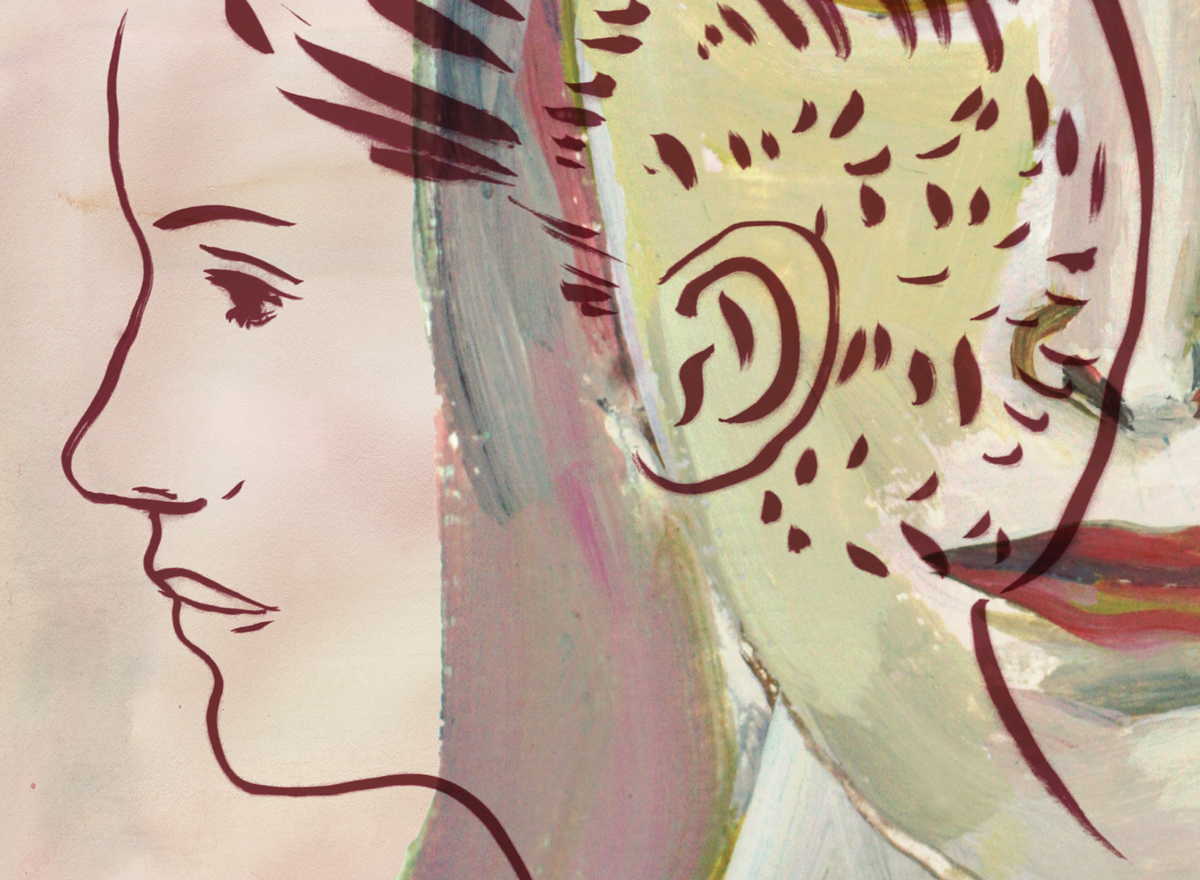
Complete stillness leads to complete awakening.
By Dharma Master Hsin Tao, edited and translated by Maria Reis
When I was a young monk, I practiced Chan Buddhism by myself in a graveyard for ten years and later in a mountain cave for an additional two years. I did not have a teacher to guide me, but—propelled by devotion—I followed a method of practice that Bodhisattva Guanyin, also known as Avalokiteshvara, teaches in the Shurangama Sutra. This method, called Perfect Penetration through Hearing, relies not on any words or concepts but on listening to silence.
In the sutra, Guanyin, who was dwelling on an island, listened to the sound of the waves washing up against the rocks on the shore. As Guanyin became fully absorbed in listening to the waves as they rose and splashed against the rocks, then receded into silence, rose and receded again, rose and receded, every sound eventually became silent as it reached Guanyin’s ears. The bodhisattva describes it as follows:
I entered into the stream of the self-nature of hearing, and thereby eliminated the sound of what was heard. When I proceeded from this inner stillness both sounds and silence ceased to arise. Advancing in this way, both hearing and what was heard melted away and disappeared. When hearing and what is heard are both forgotten, the sense of hearing leaves no impression in the mind.
In this practice, you simply listen without attachment to sound, to silence, or to the contrast between the two; there’s no attachment at all. If you are able to listen in this way, you will eventually reach a point when listening still occurs, but it no longer has an object. In other words, there is still awareness, but that which you are aware of is empty.
The Shurangama Sutra says, “when both awareness and the objects of awareness become empty, then emptiness and awareness merge and reach a state of absolute perfection.” But even then, you cannot hold on to that experience of unison; you need to let go of it completely by listening even more. This is where the text directs us by saying, “When emptiness and what is being emptied are both extinguished, then birth and death, arising and extinction are naturally extinguished.” In other words, when there is no mental distinction remaining between emptiness or form, when you have experienced complete stillness at the core of everything, then you have returned to “your original face before your parents were born.” It is at this point of return that you fully comprehend samsara—birth and death—and are liberated from it.
This method of listening described by Guanyin is a process of deeply entering into samadhi, a state in which the heart and mind “stop” producing any kind of intentional action and are fully immersed in non-action (wu-wei). There is no longer any difference between “being” and “nothingness.” “Being” is that which is visible, that which we see with our eyes; “nonbeing” is the thought that we hold in our heart, namely the thought of nothingness or emptiness. When you look at anything, it is important not to see it either from the perspective of being or from that of nothingness, but instead to rest in your enlightened nature.
The Chan practice of listening to silence provides a way to refine our hearts and minds, thought after thought, to the point that they become ever more subtle and increasingly attuned to stillness and emptiness. As we progress, we realize how constricted we are by our discriminating mind: our minds, not our hearing organs, make the distinction between sound and silence. But if you practice listening until you no longer make distinctions, you develop a power that is liberating. You’re no longer pushed around by concepts, emotions, or other mental objects. Instead, you decide what to move or transform.
FOUR STEPS FOR LISTENING TO SILENCE
While I was practicing listening to silence in the graveyard I developed a four-step method that helped me regulate my breath and settle my body and mind before I started to listen. The first three steps are geared toward the “stopping” (Skt., shamata) of our distracted and dispersed mind by concentrating on one point; the fourth step involves the “seeing” (Skt., vipashyana) of emptiness in the stillness of our heart and mind. One should remember that the guidance of an experienced teacher is important in Chan practice in order to keep you on the right track…
more…
//tricycle.org/magazine/listening-to-silence/



